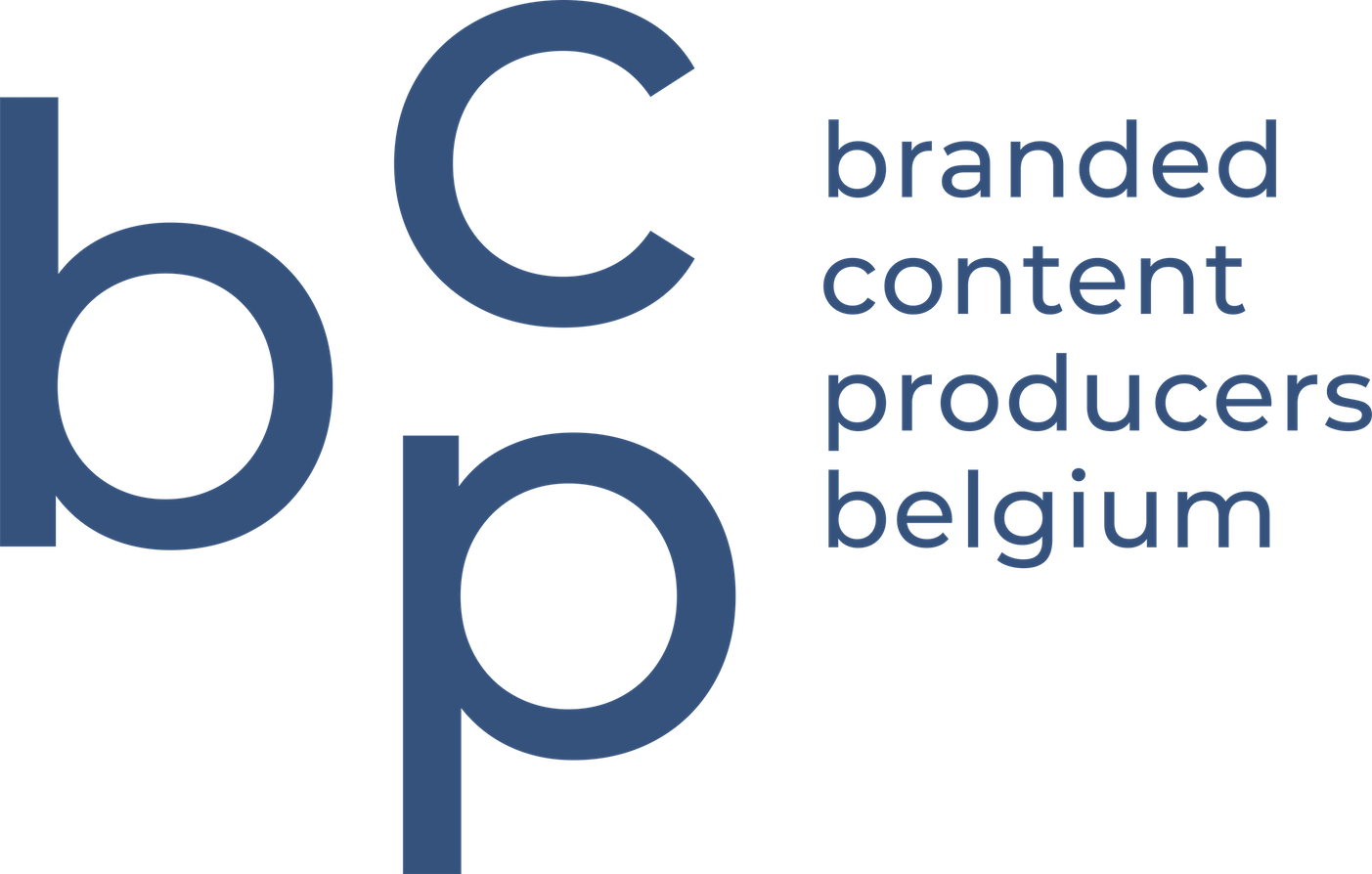Many productions are animated or have an animated component/sequence. The traditional techniques of cell-animation (drawing) or stop-frame (for instance clay figure animation) are in decline. Due to the technical development, traditional techniques have been relaxed with fully computerised processes (2D or 3D-animation).
Even in digital animation, it is advisable to consider engaging services of an animator. Animators have a solid knowledge and experience in creating realistic movements and textures.
Character building processes will always be seen as a separate part of a production process. This process involves even more a thorough approach in clearly agreeing on different elements of the story which involves characters, their design, textures and colors. It is technically challenging to accommodate changes further more into the project you are. Those changes are not only technically challenging but also costly.
It is therefore crucial to include in the planning several stages to approve the work in progress.
When the animator creates characters or specific graphic intellectual characteristics exclusively for the animation, he/she keeps the right of property unless otherwise agreed. This has to be specified right from the beginning. If applicable, fee negotiations are to be made for later or additional use, e.g. internal use, another form of advertising or merchandising, other carriers or use in other countries.
In comparison with purely live-action projects, animated productions require more time. When scheduling projects, which consist of a combination of live-action and animation, these should be considered as two consecutive commercials.
In order to achieve a cost-effective production, the planning has to be respected, allowing time for any possible adaptations.








